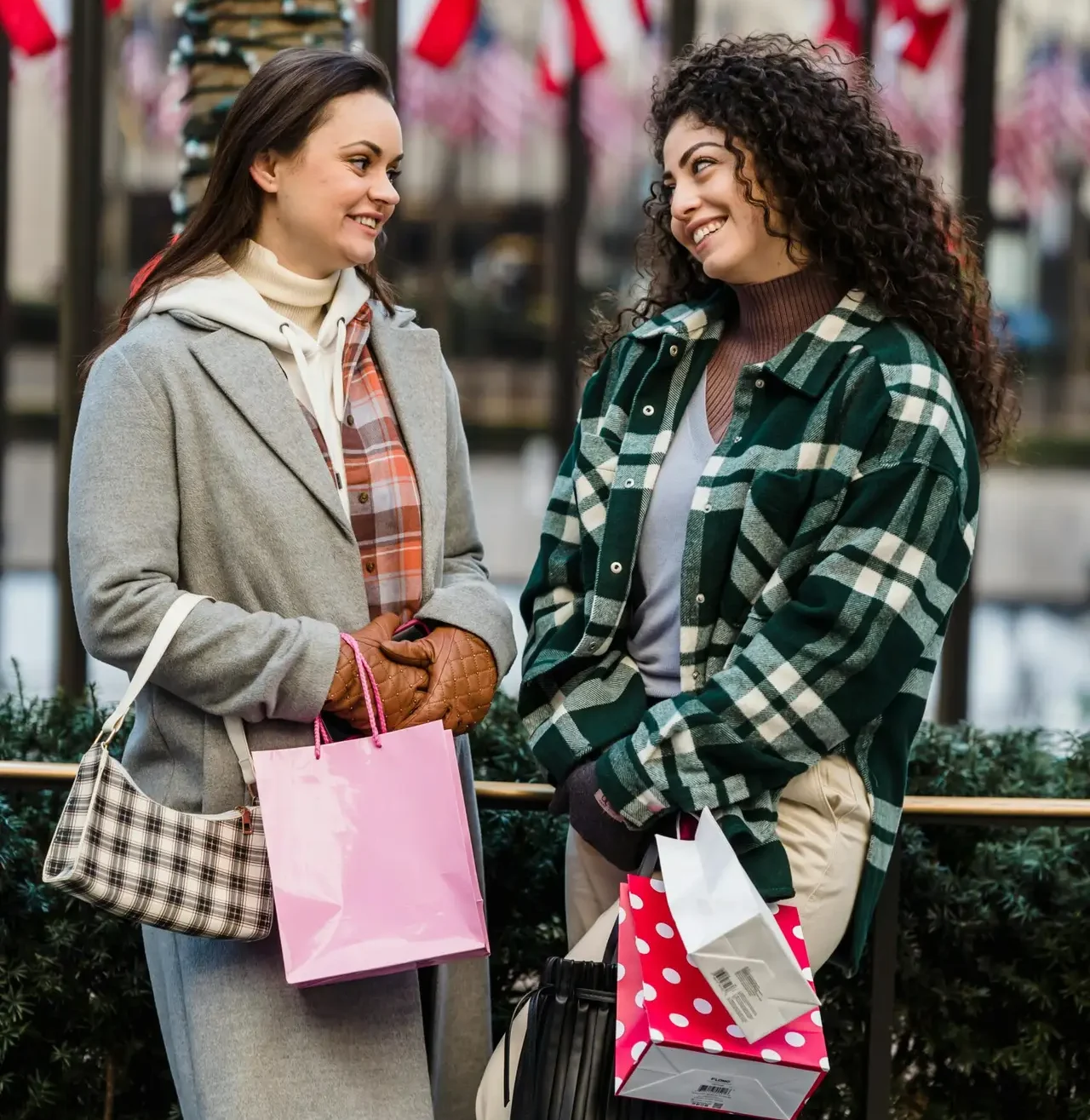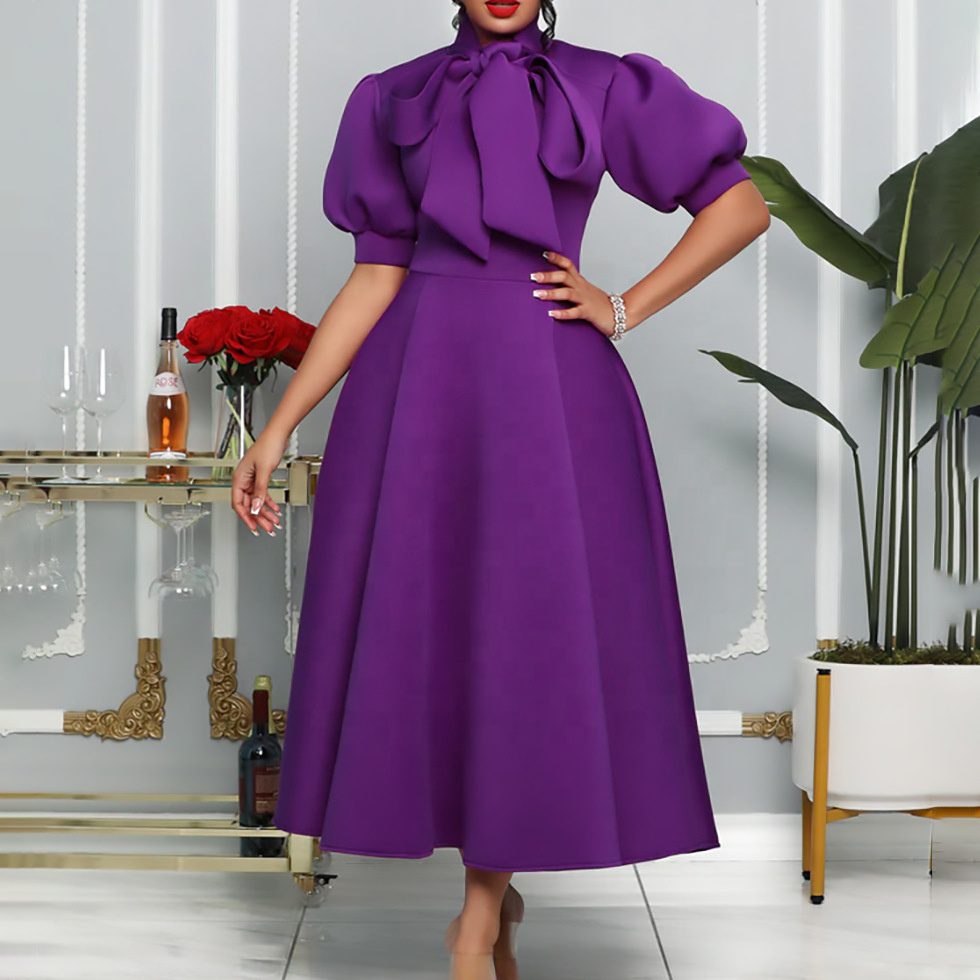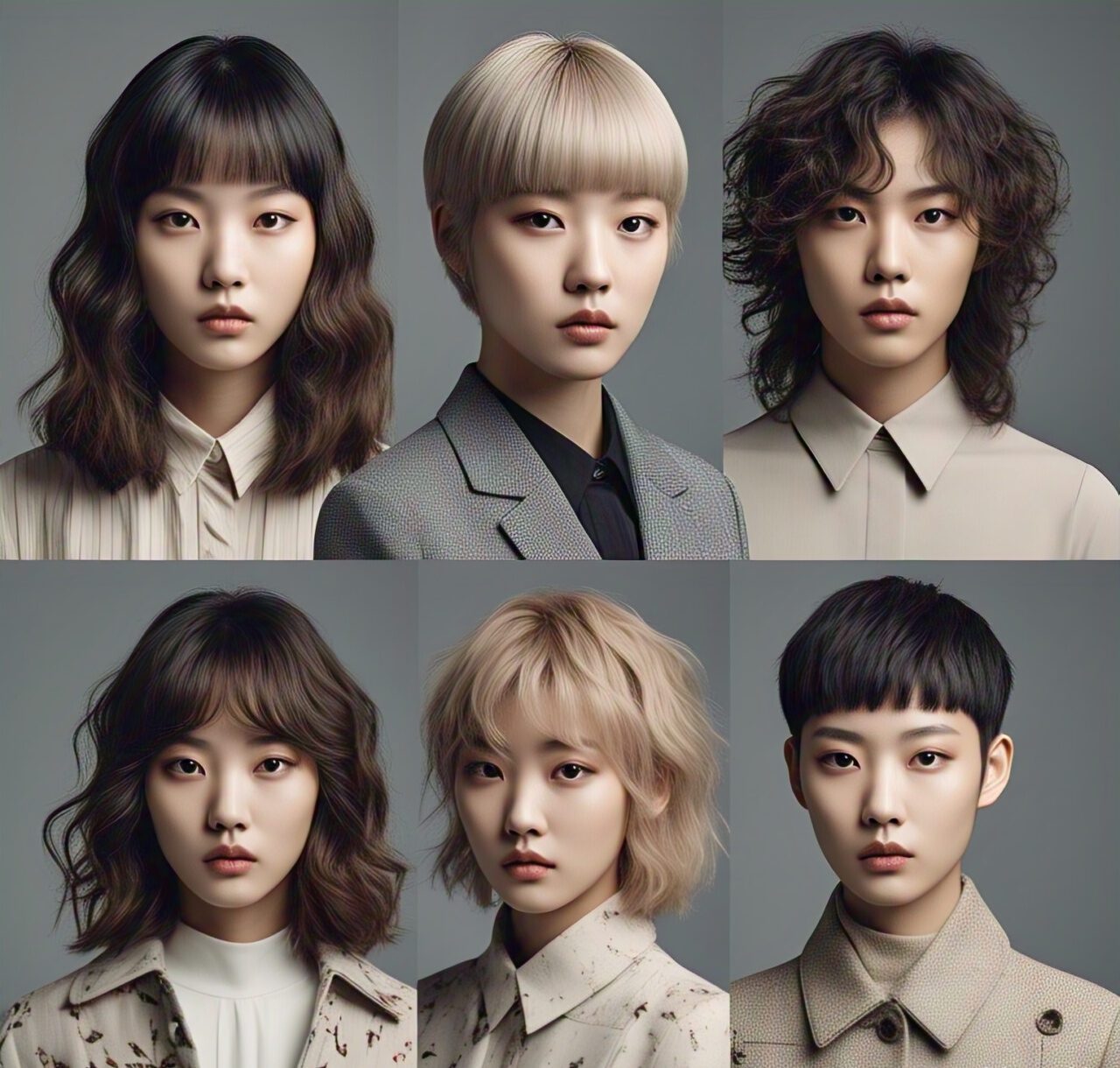The 1920s marked a revolutionary era in men’s fashion, reflecting a blend of elegance, sophistication, and the spirit of the times. Known as the “Roaring Twenties,” this decade saw significant shifts in style, moving away from the restrictive formalities of previous eras to more relaxed and modern silhouettes. 1920s men’s fashion is characterized by its distinct style elements, including sharp suits, stylish accessories, and neatly groomed hair, which continue to influence contemporary fashion trends.
In today’s market, there is a growing demand for vintage-inspired clothing, and 1920s fashion provides a unique commercial opportunity. Retailers and designers can capitalize on this trend by offering vintage-style clothing and accessories, catering to consumers seeking timeless, classic styles with a modern twist.
Table of Contents
ToggleOverview of 1920s Men’s Fashion
The 1920s were a transformative period for men’s fashion, with several key elements defining the era’s style. The decade was characterized by a shift towards more relaxed and comfortable clothing, while still maintaining a sense of formality and elegance. Suits became a staple, often featuring slim fits, high-waisted trousers, and detailed tailoring. The use of bold patterns, such as pinstripes and checks, became increasingly popular.
The cultural and economic landscape of the 1920s, including the post-World War I boom and the rise of jazz culture, heavily influenced fashion. This period encouraged self-expression and individuality, reflected in men’s bold and daring styles.
The impact of 1920s fashion on modern trends is undeniable. Elements like slim-fit suits, pocket squares, and classic leather shoes continue to be mainstays in men’s wardrobes today. By revisiting and reimagining these iconic styles, modern fashion brands can create collections that appeal to contemporary tastes while honoring the timeless appeal of the 1920s.
Impact on Modern Fashion Trends
The influence of 1920s men’s fashion is evident in many modern wardrobe staples. Today’s slim-fit suits, for instance, are reminiscent of the tailored, streamlined look that defined the Roaring Twenties. The era’s emphasis on quality fabrics and meticulous tailoring has inspired contemporary designers to focus on craftsmanship and attention to detail. Accessories such as pocket squares, suspenders, and leather shoes have also made a comeback, adding a touch of vintage elegance to modern outfits.
Additionally, the 1920s’ flair for combining formal and casual elements has influenced today’s smart-casual style. Men now seamlessly integrate traditional pieces like blazers and dress shirts with more relaxed items, creating versatile looks suitable for various occasions. This ongoing fusion of vintage and modern styles underscores the lasting impact of 1920s fashion on current trends.
Key Clothing Items of the 1920s
The 1920s were marked by distinct clothing items that defined the era’s fashion for men. These pieces not only set the standard for the decade but also continue to inspire modern fashion.
1. Suits and Tuxedos
-
The Classic Three-Piece Suit
The three-piece suit was a cornerstone of 1920s men’s fashion, symbolizing sophistication and style. Typically consisting of a jacket, trousers, and a matching waistcoat, these suits were often made from high-quality fabrics like wool and featured details such as peak lapels and wide-leg trousers. The slim-fit variations of today draw heavily from this classic design, emphasizing a sharp and polished look.
-
The Tuxedo and Formal Wear
For formal occasions, men often turned to the tuxedo. The 1920s tuxedo typically featured a shawl or peak lapel and was worn with a crisp white dress shirt and a black bow tie. This style remains a staple in modern formal wear, with contemporary tuxedos maintaining the timeless elegance of their 1920s predecessors.
2. Casual Wear
-
Sweaters and Knits
Casual wear in the 1920s included items like sweaters and knits, which were often worn during leisure activities or informal gatherings. These pieces provided comfort without sacrificing style, featuring patterns such as argyle or Fair Isle. Modern fashion continues to embrace these classic knits, integrating them into both casual and smart-casual ensembles.
-
Plus Fours and Knickers
Plus fours and knickers were popular choices for casual, sporty attire. These knee-length trousers were commonly paired with knee-high socks and were favored for their comfort and practicality. While less common today, the spirit of these items lives on in modern golf and sportswear.
3. Accessories
-
Hats (Fedoras, Bowlers)
Hats were essential accessories in 1920s men’s fashion, with styles like fedoras and bowlers dominating the scene. Fedoras, in particular, have remained popular, adding a touch of vintage sophistication to modern outfits. These hats are now often seen as statement pieces, enhancing both casual and formal looks.
-
Shoes (Oxfords, Brogues)
Footwear in the 1920s was all about elegance and practicality. Oxfords and brogues were the go-to choices for many men, known for their polished appearance and durable construction. These styles are still widely favored today, often paired with suits and smart-casual outfits to complete a refined look.
The enduring appeal of these key clothing items and accessories underscores the timeless nature of 1920s fashion men. Their influence continues to shape modern fashion, offering a blend of classic and contemporary elements that remain relevant in today’s style landscape.
Hairstyles of the 1920s
Hairstyles played a significant role in completing the polished look of 1920s men’s fashion. During this decade, men typically favored short, well-groomed haircuts that exuded sophistication and neatness. Popular styles included the slicked-back look, often achieved using pomade to create a shiny, smooth finish. The side part was another staple, giving men a clean and dapper appearance that was widely admired.
In contrast, 1980s men’s hair fashion was characterized by bold and voluminous styles. The 1980s saw the rise of longer, textured haircuts, often styled with excessive use of hairspray to create big, dramatic looks. This stark difference highlights the evolution of men’s grooming trends from the conservative and sleek to the extravagant and expressive.
Incorporating 1920s Fashion in Modern Wardrobes
Incorporating 1920s men’s fashion into modern wardrobes offers a unique way to blend vintage charm with contemporary style. By carefully selecting and styling pieces inspired by the 1920s, men can create versatile and timeless outfits.
Vintage-Inspired Modern Clothing
To infuse modern wardrobes with a touch of 1920s elegance, start with key vintage-inspired pieces. A well-tailored three-piece suit, for instance, can serve as a foundation for both formal and casual outfits. Look for suits with classic details like peak lapels and high-waisted trousers to capture the essence of the era.
When styling these pieces, balance is key. Pair vintage elements with modern items to avoid looking overly costume-like. For example, combine a vintage-inspired waistcoat with contemporary slim-fit trousers and a crisp shirt. Accessories such as pocket squares, suspenders, and fedoras can also add subtle nods to the 1920s without overwhelming the outfit.
Shopping for 1920s Fashion
Finding authentic or reproduction 1920s fashion can be a rewarding experience, whether you’re looking for a complete vintage ensemble or a few statement pieces. Several stores and brands specialize in vintage and vintage-inspired clothing, offering a range of options for incorporating 1920s style.
Recommended Stores and Brands:
- Vintage Boutiques: Local vintage shops often carry authentic 1920s pieces, from suits to accessories. These stores are great for finding unique items with genuine historical value.
- Specialty Brands: Brands like Brooks Brothers and Ralph Lauren often feature collections inspired by classic styles, including 1920s fashion.
- Reproduction Brands: Companies such as The Gentleman’s Emporium and Savvy Row offer high-quality reproductions of 1920s clothing, combining historical accuracy with modern convenience.
Online Shopping Tips:
- Research: Familiarize yourself with the key elements of 1920s fashion to identify authentic or well-reproduced pieces online.
- Check Reviews: Look for reviews and customer feedback to ensure the quality and authenticity of the items.
- Focus on Fit: Vintage sizing can differ from modern standards, so pay attention to size charts and measurements to find the right fit.
Incorporating 1920s fashion men into modern wardrobes not only pays homage to a stylish era but also offers a sophisticated and distinctive approach to contemporary dressing. With the right mix of vintage-inspired and modern pieces, men can create a wardrobe that stands out while embracing timeless elegance.
Commercial Opportunities in 1920s Men’s Fashion
The enduring appeal of 1920s men’s fashion presents significant commercial opportunities for retailers and brands. As interest in vintage and retro styles grows, businesses can capitalize on this trend by offering products that blend classic 1920s aesthetics with modern practicality.
Example Products and Marketing Strategies:
- Vintage-Inspired Clothing Lines: Launching collections that feature 1920s-inspired suits, waistcoats, and accessories can attract fashion-conscious consumers. Focus on key elements like tailored fits, quality fabrics, and classic details to appeal to those seeking timeless style.
- Accessories and Footwear: Accessories such as fedoras, pocket squares, suspenders, and vintage-style shoes like Oxfords and brogues are essential components of 1920s fashion. Offering these items can help customers complete their vintage-inspired looks.
- Collaborations with Influencers: Partnering with fashion influencers who specialize in vintage styles can help brands reach a wider audience. Influencers can showcase how to incorporate 1920s fashion into modern wardrobes, making it more accessible and appealing.
- Storytelling and Branding: Emphasize the history and significance of 1920s fashion in marketing campaigns. Share stories about the era’s cultural impact and how it continues to inspire today’s fashion. This approach creates an emotional connection with customers and adds depth to the brand narrative.
By tapping into the nostalgia and elegance of the 1920s, retailers can create unique product offerings that stand out in the market, while also engaging a diverse range of consumers interested in vintage fashion.
Conclusion
The 1920s men’s fashion era offers a rich tapestry of style that continues to influence modern trends. From sharply tailored suits and timeless accessories to slicked-back hairstyles, the elegance and sophistication of the Roaring Twenties remain relevant today.
Exploring and incorporating elements of 1920s fashion into contemporary wardrobes not only allows for a unique style statement but also connects us to an iconic period in fashion history. Whether you’re looking for vintage-inspired suits or classic accessories, embracing this timeless style can elevate your fashion game.
Ready to bring the charm of the 1920s into your modern wardrobe? Explore vintage-inspired collections and start incorporating these timeless pieces into your everyday style. Discover the perfect blend of vintage elegance and contemporary fashion—shop for 1920s-inspired clothing today!
Top Trending FAQs About 1920s Men’s Fashion
-
What were the key elements of 1920s men’s fashion?
1920s men’s fashion was characterized by the classic three-piece suit, often consisting of a matching jacket, vest, and trousers. Accessories such as fedoras, bow ties, and pocket watches were also popular. Casual wear included sweaters and knickers, while formal occasions called for tuxedos and tailcoats.
-
How can I incorporate 1920s fashion into my modern wardrobe?
Incorporating 1920s fashion men into a modern wardrobe can be achieved by blending vintage-inspired pieces with contemporary items. Start with a tailored vest or a classic pair of high-waisted trousers and pair them with modern shirts and shoes. Accessories like a fedora or brogues can add a subtle 1920s touch.
-
What hairstyles were popular in the 1920s?
Slicked-back hair and side-parted styles were the hallmarks of 1920s men’s fashion. These looks were typically achieved using pomade for a shiny, smooth finish. The clean, well-groomed appearance was a must during this era, contrasting sharply with the more voluminous and textured styles of 1980s men’s hair fashion.
-
Where can I shop for vintage or 1920s-inspired clothing?
You can find 1920s-inspired clothing at vintage boutiques, specialty retailers, and online stores. Look for reproduction brands that offer modern takes on classic 1920s fashion men, such as three-piece suits, pocket squares, and fedoras. Online marketplaces like Etsy and eBay also offer authentic vintage pieces.
-
Why is 1920s men’s fashion still popular today?
The timeless elegance and sophistication of 1920s men’s fashion continue to inspire modern trends. The emphasis on well-tailored clothing and classic accessories resonates with those looking for refined and distinctive styles. Additionally, the resurgence of interest in vintage and retro aesthetics keeps 1920s fashion relevant.
-
How does 1920s men’s fashion differ from 1980s men’s fashion?
1920s men’s fashion focused on tailored elegance, with sharp suits, polished shoes, and neat hairstyles. In contrast, 1980s men’s hair fashion featured bold, voluminous styles, often with longer, textured hair. The clothing of the 1980s was more colorful and oversized, reflecting a more flamboyant and expressive approach to fashion.
-
What accessories were essential for 1920s men’s fashion?
Essential accessories in 1920s men’s fashion included fedoras, bow ties, pocket watches, and suspenders. Shoes such as Oxfords and brogues were also integral to completing the look. These accessories added a touch of sophistication and helped men achieve the polished appearance that was highly valued in the 1920s.
By addressing these FAQs, you can better understand the enduring appeal of 1920s men’s fashion and how to seamlessly integrate its timeless elements into your wardrobe today.








